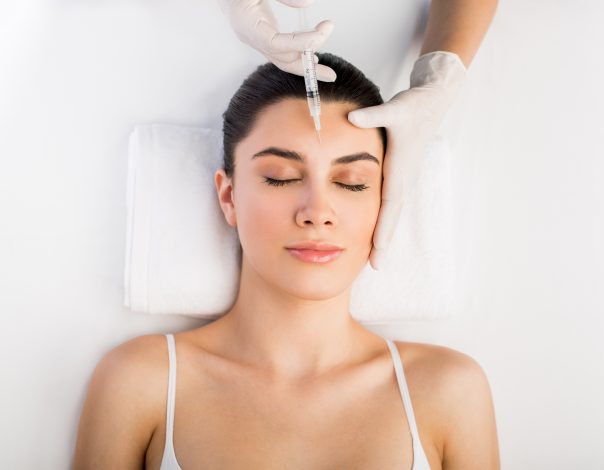What is the difference between Botox and Fillers?
Injectable treatments have become the go-to for non-invasive procedures. Patients who want to avoid surgery find that they can get the results they want from products such as BOTOX or dermal fillers. While both treatments may seem similar, their function is quite different. While BOTOX works by freezing the underlying muscles of the skin and...
View More










